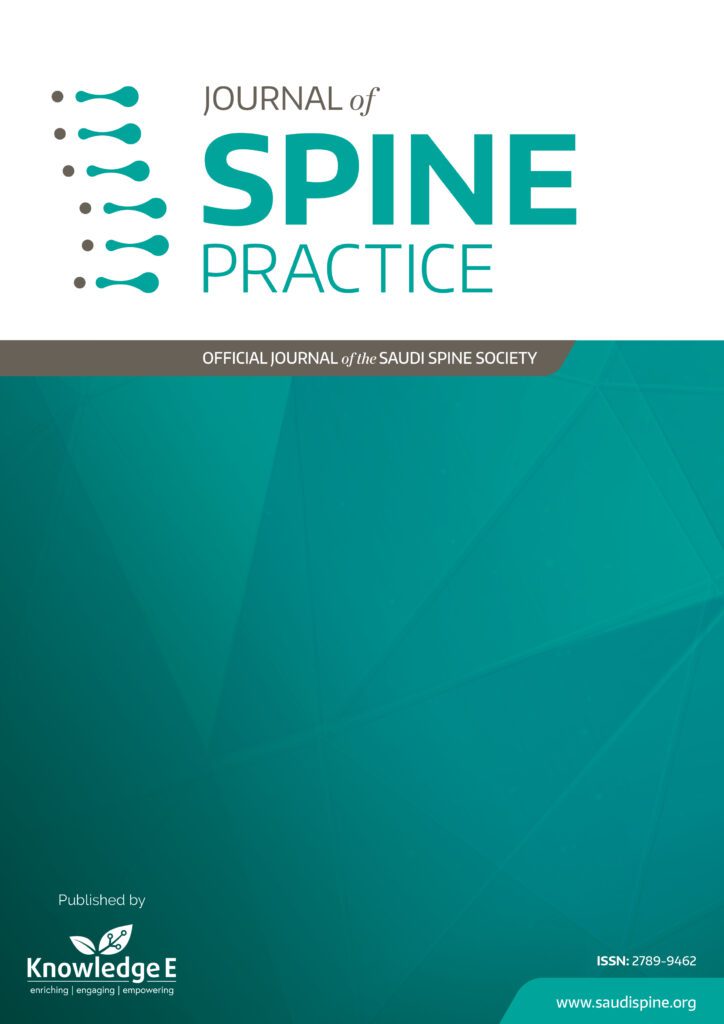
Journal of Spine Practice
ISSN: 2789-9462
Leading research in all spine subspecialties focusing on orthopaedic spine, neurosurgery, radiology, and pain management.
Nonspecific Chronic Low Back Pain in Elderly Patients
Published date: Nov 07 2021
Journal Title: Journal of Spine Practice
Issue title: Journal of Spine Practice (JSP): Volume 1, Issue 1
Pages: 34
Authors:
Abstract:
Introduction: Low back pain is one of the most common causes of disabilities in old people often due to lumber degeneration (osteoarthritis) and spinal canal stenosis. In our study, we determine the prevalence and associated changes of low back pain that increase with age.
Methodology: This observational cohort study was carried out from March 2019 to March 2021 at the El-Moussenin Center in Port Said. The study included 300 patients aged ≥65 years with a chronic nonspecific low back pain for at least six months, a Visual Analogue Scale (VAS) score of 3 and more, and an absence of spinal pathology such as infection, tumor, fracture, spondylolisthesis, or spinal degeneration of grade 2 and above. Patients were divided into two groups: (i) a study group including patients with a mean age of 75 years with nonspecific chronic LBP (n = 150) and (ii) an age- and sex-matched control group (n = 150) with no chronic low back pain using propensity score-matched analysis. All patients underwent whole spinal X-ray, lumbar MRI, CBC, and DXA.
Result: We analyzed laboratory finding, radiological finding for global spinal parameter, and lumber degeneration body composition analysis using whole body dual energy X-ray absorptiometry. We found increase in red blood cell distribution width (it is an index of aging), it was higher in geriatric with CLBP (32) and in control (6.9) with a p-value < 0.001. Skeletal muscle mass index was 6.23 ± 0.92 in the studied group and 6.43 ± 1.02 in the control group with a p-value = 0.045. Increase in fat mass was noted in both the studied (32.17 ± 7.07) and the control (29.28 ± 7.48) groups with a p-value < 0.001. Moreover, those patients had lower lumbar lordosis, higher sagittal vertical axis regarding decrease in muscle mass in trunk and extremities.
Conclusion: Red blood cell distribution width which is a sign of aging was high in geriatric group with CLBP. Moreover, geriatric CLBP is often associated with osteoporosis which affects the pain threshold and triggers CLBP due to age-related loss of skeletal muscle mass and spinal sagittal malalignment.